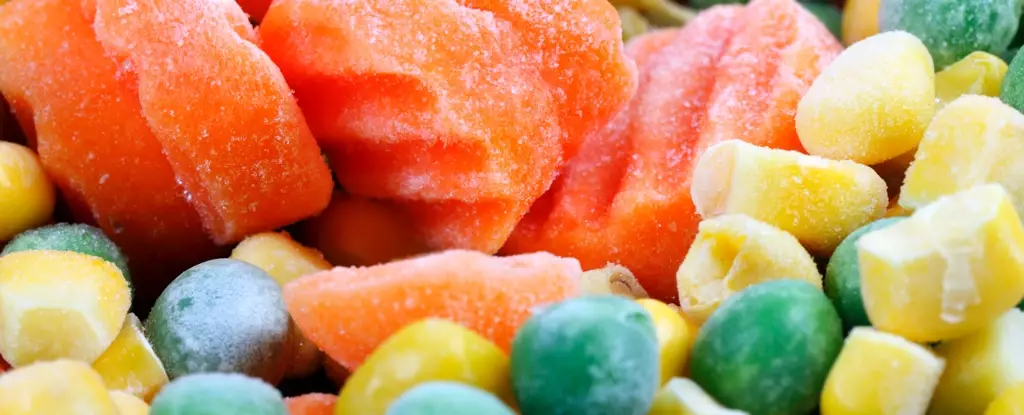The cost of living crisis is having a significant impact on how people allocate their money, leading to budget constraints on essential items such as fresh produce. Data from the Australian Bureau of Statistics (ABS) has shown a decline in the consumption of fruit and vegetables in 2022–23 compared to the previous year. This downward trend is worrisome, considering that Australians, in general, do not consume enough fruits and vegetables to meet the recommended dietary guidelines for optimal health.
Australian dietary guidelines recommend consuming two serves of fruit and five serves of vegetables daily for adequate nutrition. These food groups are essential for a healthy, balanced diet as they provide essential vitamins, minerals, and fiber. However, only 4 percent of Australians were reported to meet the recommended intake for both fruits and vegetables in 2022.
While fresh produce is often considered the most nutritious option, there are alternative ways to ensure adequate intake of fruits and vegetables. Frozen fruits and vegetables can be a convenient and cost-effective option, as they retain their nutrient content well due to snap freezing. Additionally, frozen produce allows for better portion control and reduced food waste.
Canned fruits and vegetables are another viable option for those on a budget, offering convenience and affordability. The canning process acts as a preservation technique, eliminating the need for additional preservatives. While canned produce may experience a slight decline in heat-sensitive nutrients, they can still be a valuable addition to meals.
Fermentation is a method that preserves the vitamins and minerals in fresh vegetables while also enhancing their nutritional profile with probiotics. This process aids in better absorption of nutrients and promotes a healthy gut microbiome.
To include more fresh produce in your diet without breaking the bank, consider the following tips:
1. **Buy in Season:** Opt for locally grown seasonal fruits and vegetables, as they are generally more affordable than imported produce.
2. **Embrace Imperfections:** Purchase “ugly” fruits and vegetables, as their nutrient content and taste remain unaffected by physical appearance.
3. **Minimize Waste:** Plan meals ahead of time to avoid food spoilage and freeze excess produce to prevent unnecessary waste.
4. **Swap and Share:** Explore websites and apps that facilitate produce swaps or free pickups to access fresh produce without added costs.
5. **Start Gardening:** Planting herbs, tomatoes, and other produce in pots is a cost-effective way to enjoy fresh fruits and vegetables while reducing overall expenses.
By implementing these strategies, individuals can overcome the challenges posed by the cost of living crisis and prioritize their health through increased consumption of fresh, nutritious produce.


Leave a Reply